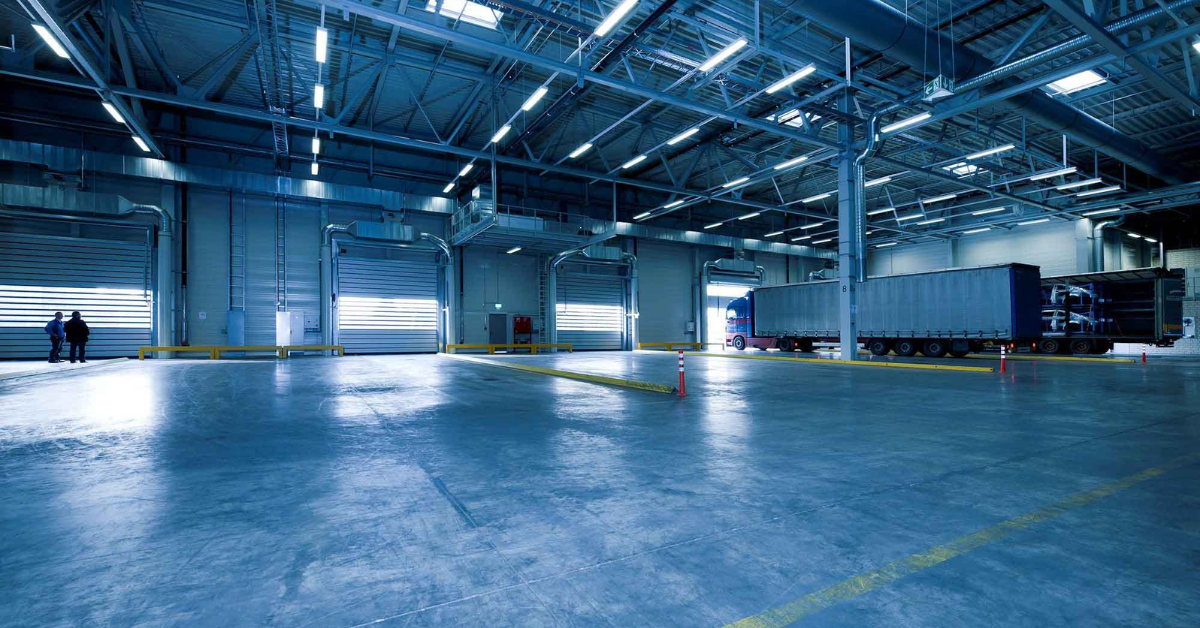Everything You Need to Know About Rice Polishing Machines
In the global agricultural landscape, rice stands as one of the most consumed staple foods. From Asia to Africa and parts of South America, it feeds billions of people daily. However, before it reaches our plates, rice goes through an extensive processing journey—one of the most crucial steps of which is rice polishing. At the heart of this process lies the Rice Polishing Machine a pivotal piece of equipment in modern rice mills.
What Is a Rice Polishing Machine?
A rice polishing machine is a specialized piece of equipment used to improve the appearance, texture, and quality of rice grains. After the dehusking and whitening processes, rice grains still carry microscopic bran layers and dust. Polishing machines remove these remnants, giving the rice a shiny, smooth, and clean appearance. This not only enhances the visual appeal but also improves shelf life and cooking performance.
Polished rice is often preferred in commercial markets and is a standard in retail packaging for both local and international consumption.
How Rice Polishing Machines Work
The mechanism of a rice polishing machine is relatively straightforward but technologically sophisticated. The process typically involves:
-
Feeding Mechanism: Raw white rice enters the machine through a controlled feeder.
-
Polishing Chamber: Inside the chamber, rice grains are subjected to friction against rollers, screens, or other grains. This removes the last traces of bran.
-
Air Suction System: An integrated air system removes husk, dust, and other impurities generated during the polishing process.
-
Outlet Section: Polished rice is discharged through the outlet, while impurities are separately collected.
The entire system operates in a continuous loop, ensuring a high throughput suitable for commercial operations.
Types of Rice Polishing Machines
There are several types of rice polishing machines available, each suited for specific needs and production capacities. The main types include:
1. Horizontal Rice Polishing Machines
These are the most commonly used in large-scale rice mills. Their horizontal design allows for high-capacity output and smooth grain flow. They are also relatively easier to maintain and upgrade.
2. Vertical Rice Polishing Machines
These machines are designed for small to medium-scale operations. Their vertical design saves space and offers efficient polishing, although at slightly lower throughput levels.
3. Water Mist Rice Polishers
Some advanced rice polishing machines include a water mist mechanism that sprays a controlled amount of water during polishing. This helps to reduce grain breakage, control temperature, and enhance the glossiness of the rice.
4. Single and Double Polisher Units
Depending on the requirement, mills can use either single-stage or double-stage polishers. Double polishers are used when an extra level of smoothness and shine is required, especially in premium rice production.
Key Features to Consider
When investing in a rice polishing machine, several features should be considered to ensure optimal performance and value:
-
Capacity: Machines are rated based on tons per hour (TPH). Depending on your operational scale, choose one that aligns with your production needs.
-
Energy Efficiency: Machines with lower power consumption help in reducing operating costs.
-
Automation and Control: Modern machines offer digital control panels, automated feeders, and self-cleaning systems.
-
Build Quality: Durable materials such as stainless steel ensure longevity and hygienic processing.
-
Temperature Control: Overheating during polishing can damage grains. Machines with temperature control features are preferable.
-
Noise and Vibration Levels: Low-noise, low-vibration machines are ideal for ensuring a comfortable and safe working environment.
Benefits of Using a Rice Polishing Machine
The implementation of a rice polishing machine brings several advantages:
1. Enhanced Rice Quality
Polished rice is smoother, glossier, and more appealing to consumers. It also cooks more uniformly and has better taste retention.
2. Improved Market Value
Highly polished rice commands a higher price in the market. It is especially important in premium rice brands that are packaged for export.
3. Better Shelf Life
By removing residual bran and dust, the machine helps reduce the likelihood of mold and pest infestation, thereby increasing storage life.
4. Operational Efficiency
Automated machines reduce labor requirements and speed up the production cycle. This allows rice mills to handle larger volumes with less manual oversight.
Applications Across Different Rice Varieties
Rice polishing machines are versatile and can be used to polish different types of rice, including:
-
Basmati Rice: Requires gentle polishing to preserve the long grain.
-
Jasmine Rice: Benefits from mist polishing to enhance fragrance and gloss.
-
Parboiled Rice: Requires special settings due to its harder texture.
-
Short-Grain Rice: Needs careful control to avoid breakage.
Each variety may require slightly different machine settings to achieve the best results, which is why modern machines come with adjustable features.
Maintenance and Operational Guidelines
To ensure long-term performance, regular maintenance of the rice polishing machine is essential. Here are some general tips:
-
Routine Cleaning: After each operation, the machine should be cleaned to remove residue.
-
Check Wear Parts: Polishing rollers and screens should be checked for wear and replaced as necessary.
-
Lubrication: Bearings and other moving parts should be properly lubricated to prevent friction-related damage.
-
Calibration: Feeder settings and pressure levels should be calibrated periodically to maintain consistent output quality.
Proper maintenance not only prolongs machine life but also ensures consistent quality output, minimizing downtime and repair costs.
Choosing the Right Manufacturer
When purchasing a rice polishing machine, the choice of manufacturer is critical. Reputable manufacturers offer:
-
Technical Support: On-site installation and after-sales service.
-
Customization Options: Machines tailored to your specific grain type and production volume.
-
Spare Parts Availability: Ready stock of replacement parts to reduce downtime.
-
Proven Performance: Machines with a track record of performance across different regions and climates.
Before making a purchase, it’s advisable to request a demo, read customer testimonials, and verify the company’s experience in rice machinery manufacturing.
Trends in Rice Polishing Technology
As the rice industry modernizes, polishing machines are evolving too. Some key trends include:
Smart Automation
Machines are increasingly integrated with sensors and AI-powered software that monitors grain flow, pressure, and output quality in real-time, ensuring fewer human errors.
Eco-Friendly Designs
Newer machines are designed to minimize water usage, power consumption, and waste generation, supporting sustainable rice production.
Modular Systems
Modular polishing systems allow mills to scale operations without having to invest in entirely new equipment.
Hybrid Polishers
These combine features of horizontal and vertical systems, offering higher flexibility in handling different rice types and sizes.
Conclusion
The rice polishing machine is more than just an industrial tool—it is a vital component in ensuring rice quality, safety, and market competitiveness. With advancements in technology, these machines have become more efficient, reliable, and essential for modern rice mills. Whether you’re running a small-scale operation or managing a high-capacity milling plant, investing in a high-quality rice polishing machine can greatly elevate the quality of your output and the profitability of your business.
Understanding the functionalities, benefits, and types of rice polishing machines empowers you to make informed decisions that align with your production goals. With the right equipment in place, your journey from paddy to polished grain becomes a streamlined, efficient, and value-driven process.






